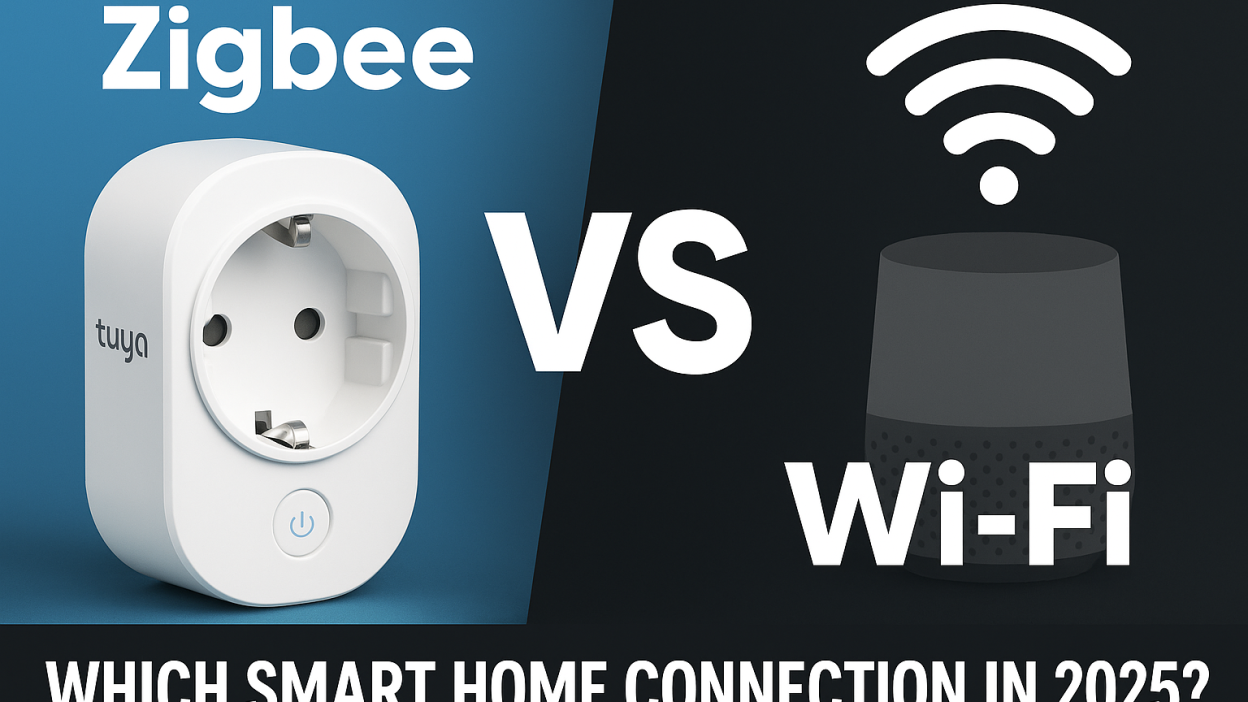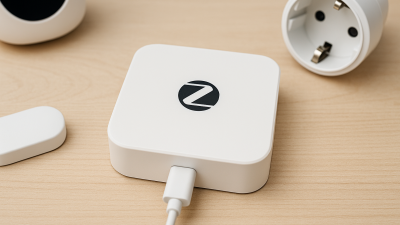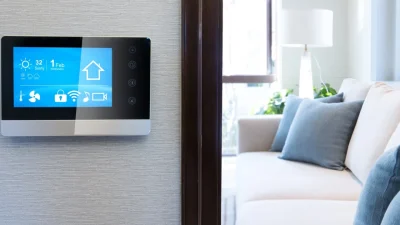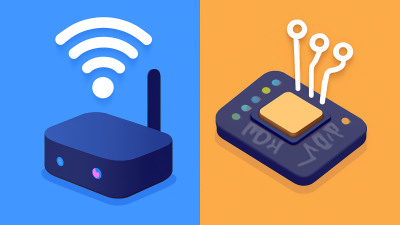Zigbee vs Wi-Fi: Which Smart Home Protocol Is Better in 2025?
When building a smart home, one of the biggest decisions is choosing the right communication protocol — Zigbee or Wi-Fi. Both have evolved in recent years, offering better reliability, speed, and integration options. But depending on your setup, one may be more efficient than the other. Let’s break down how Zigbee and Wi-Fi compare for Tuya smart devices and modern smart homes in 2025.
Understanding the Basics
Wi-Fi is the most common wireless standard in homes, used by smartphones, laptops, and smart devices. It connects directly to your router for internet access.
Zigbee, on the other hand, is a low-power mesh network designed specifically for IoT and smart home systems. Instead of relying on one router, Zigbee devices communicate with each other through a central hub (like a Tuya or Zigbee gateway).
Zigbee: Pros and Cons
- ✅ Energy Efficiency: Uses much less power, ideal for sensors and battery-powered devices.
- ✅ Stable Mesh Network: Each Zigbee device can act as a repeater, improving range and reliability.
- ✅ Local Control: Works even if your Wi-Fi is down, since communication stays within the Zigbee network.
- ❌ Requires a Hub: You need a Zigbee gateway (like the Tuya Zigbee Hub) to manage devices.
- ❌ Slower Data Transfer: Not suitable for high-bandwidth devices such as cameras or video doorbells.
Wi-Fi: Pros and Cons
- ✅ Direct Connection: No hub needed; devices connect straight to your router via Smart Life or Tuya app.
- ✅ Fast Data Transfer: Perfect for devices like cameras, smart plugs, and displays.
- ✅ Easy Setup: Most users already have Wi-Fi networks at home, simplifying installation.
- ❌ Power Consumption: Wi-Fi devices consume more energy and are less ideal for battery-powered sensors.
- ❌ Limited Range: Wi-Fi coverage depends on your router’s signal strength and walls in your home.
Performance Comparison
| Feature | Zigbee | Wi-Fi |
|---|---|---|
| Power Efficiency | Low | High |
| Range | Extended (Mesh) | Router Dependent |
| Speed | Moderate | High |
| Reliability | Very High | Good (varies by router) |
| Best For | Sensors, switches, lights | Cameras, plugs, displays |
Tuya Smart Ecosystem: How It Handles Both
One of Tuya’s biggest strengths is compatibility. Tuya supports both Zigbee and Wi-Fi devices under one unified Smart Life platform. That means you can have a Zigbee motion sensor triggering a Wi-Fi light bulb through automation — all controlled in the same app. In 2025, Tuya continues expanding Matter and Thread support, allowing even greater interoperability between brands.
Which One Should You Choose?
If you want simplicity and don’t mind higher energy use, Wi-Fi is perfect for most users — especially renters or beginners. But if you’re building a large or long-term smart home with dozens of sensors and lights, Zigbee offers scalability, reliability, and long-term stability.
Final Verdict
In 2025, the best smart homes use a hybrid approach — combining Zigbee for automation and sensors with Wi-Fi for heavy-data devices like cameras and smart speakers. With Tuya and Smart Life, you get the flexibility to mix both systems without sacrificing performance or ease of use.



